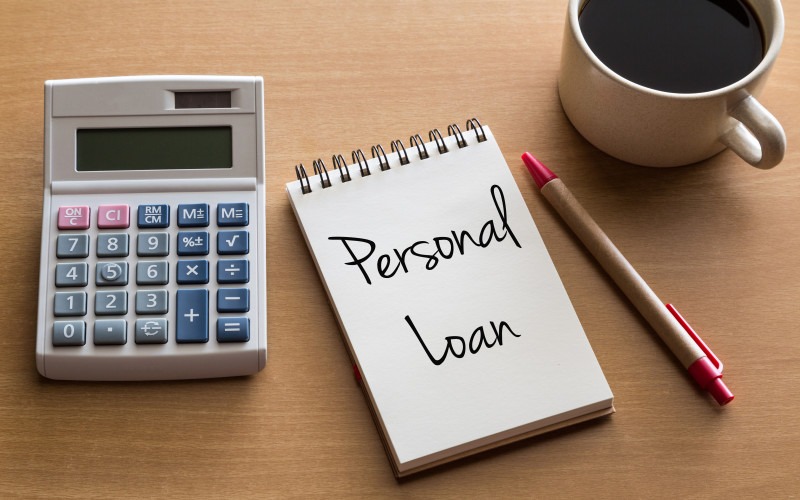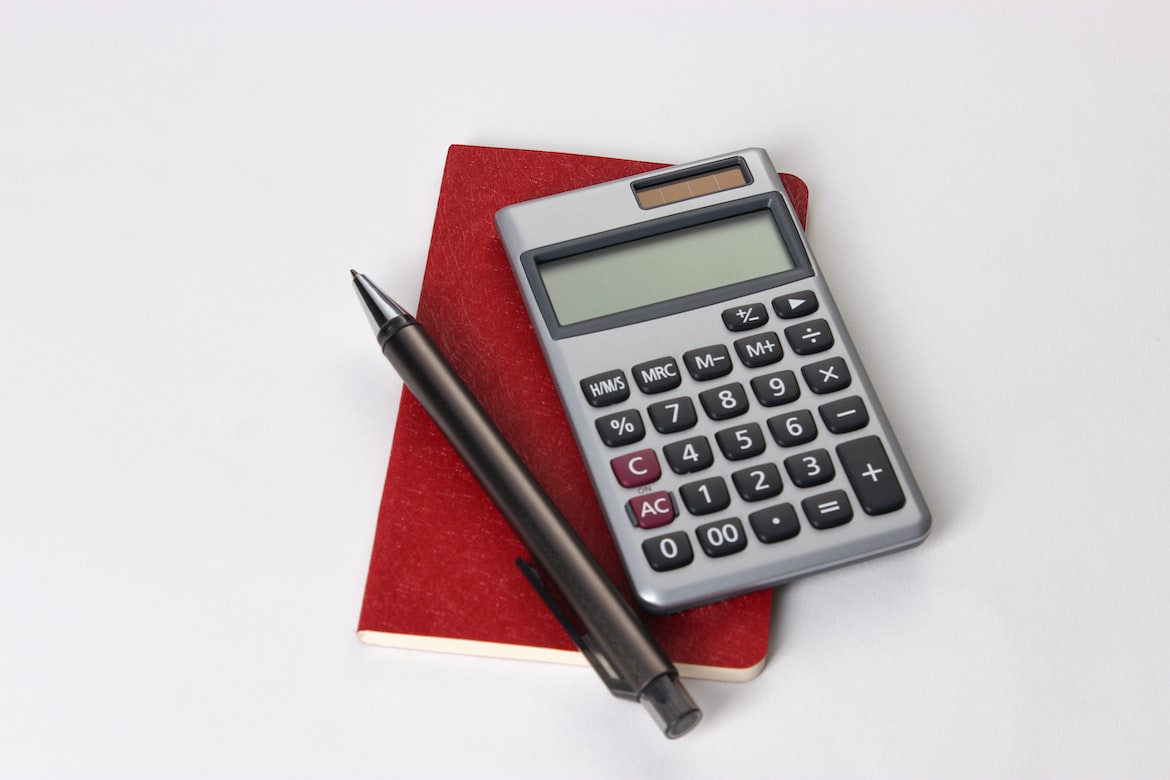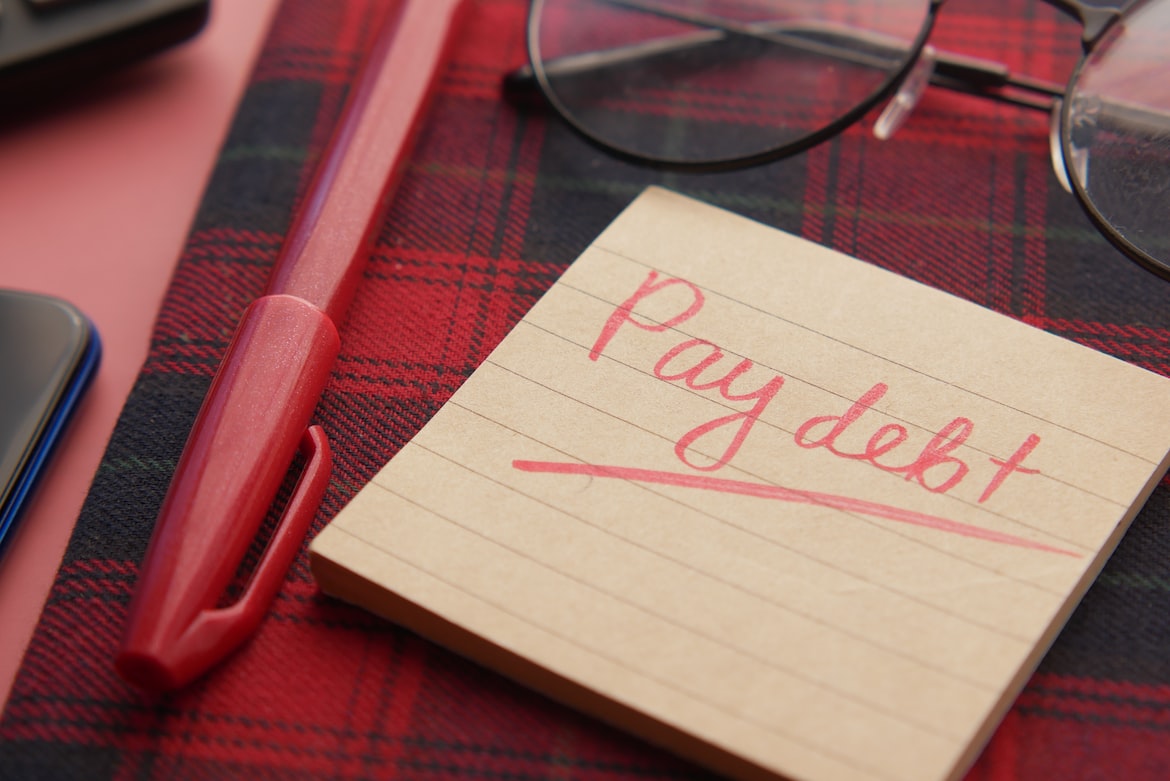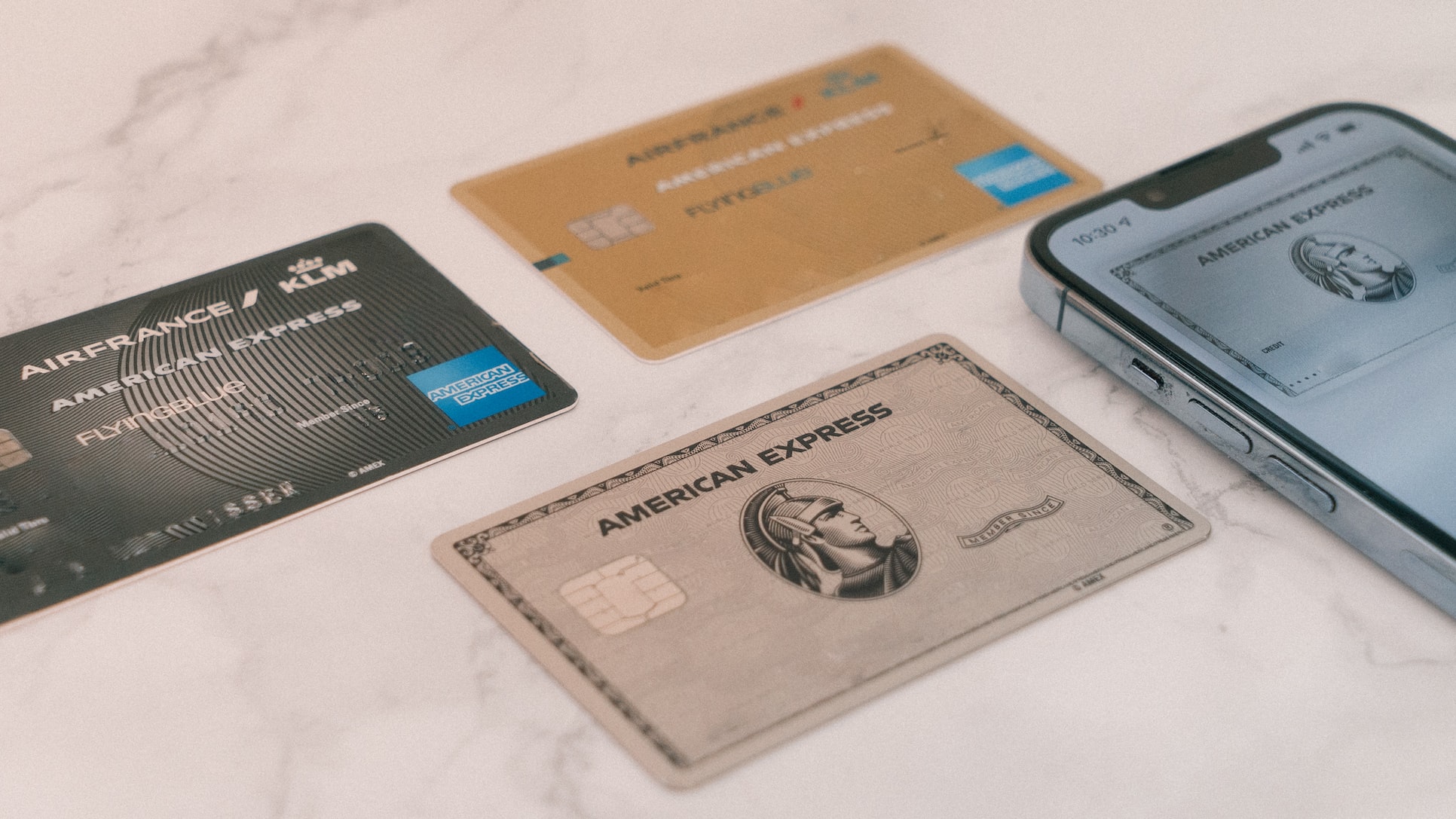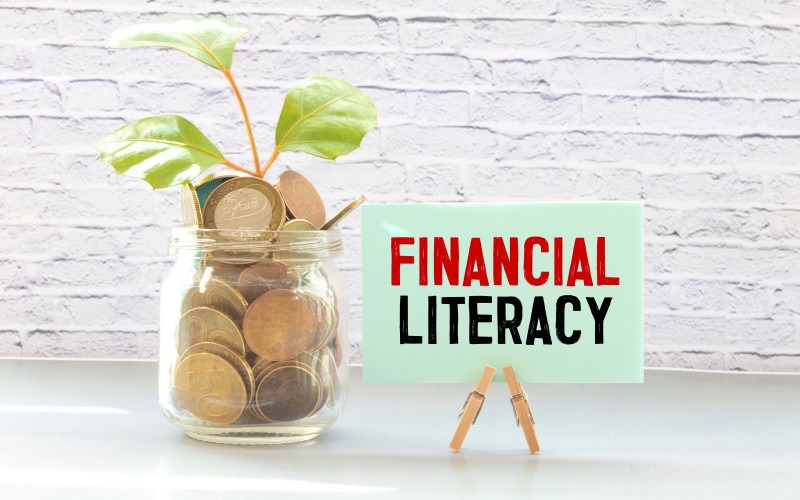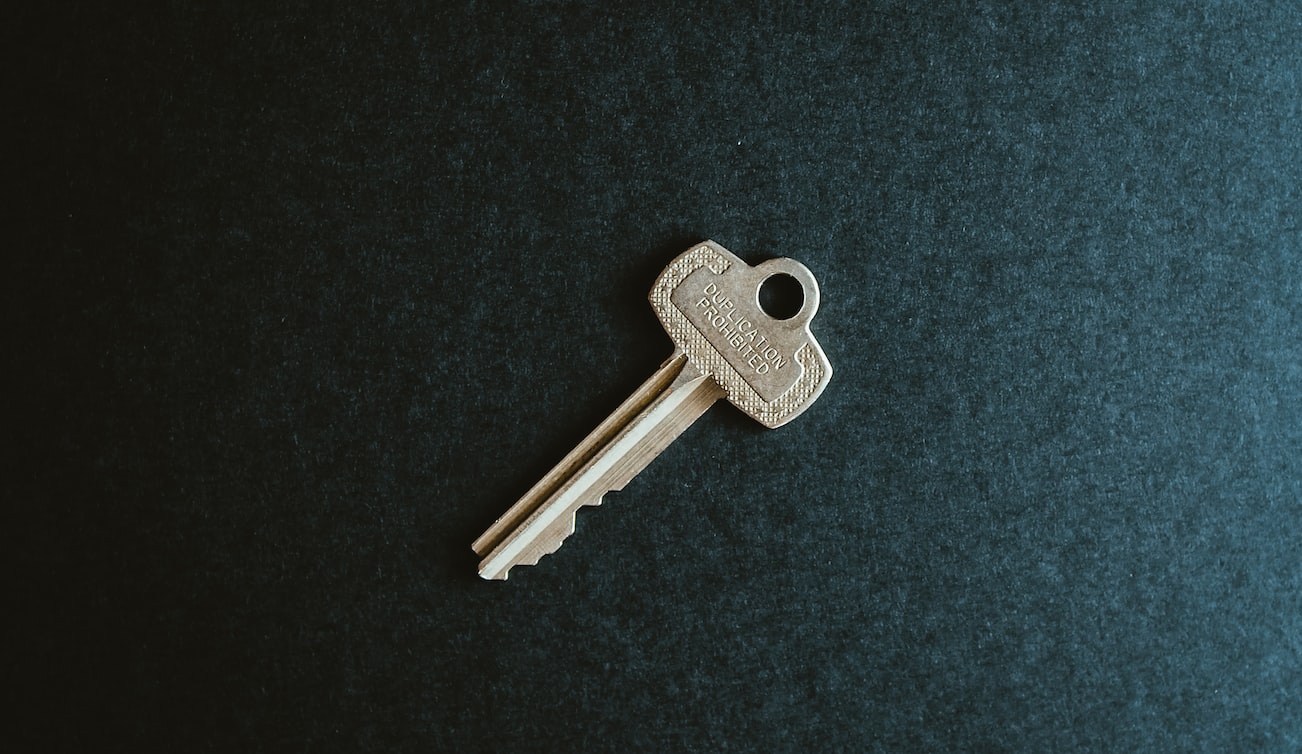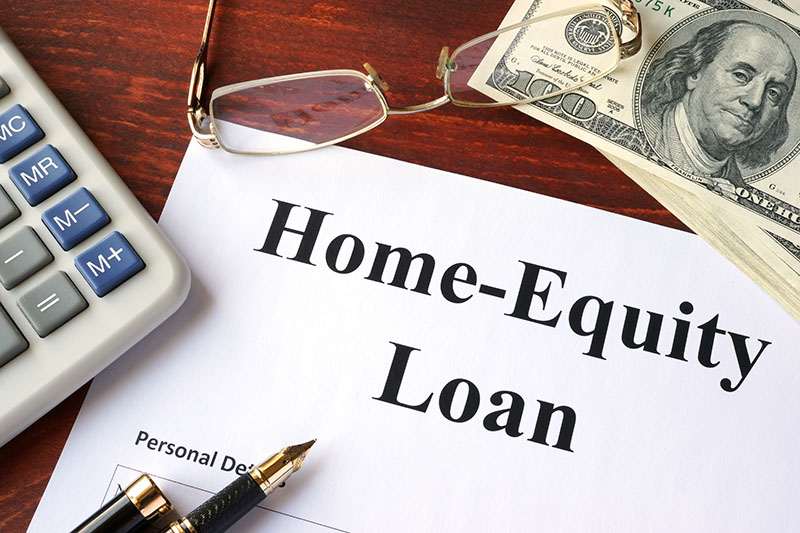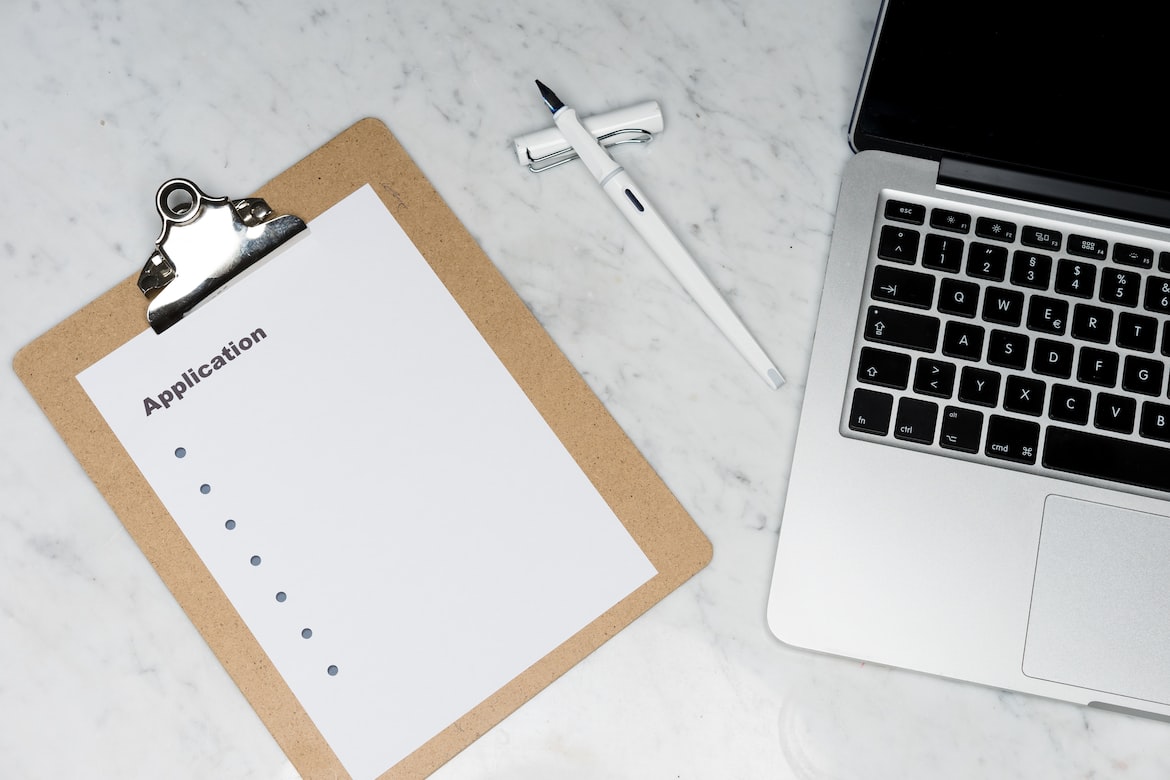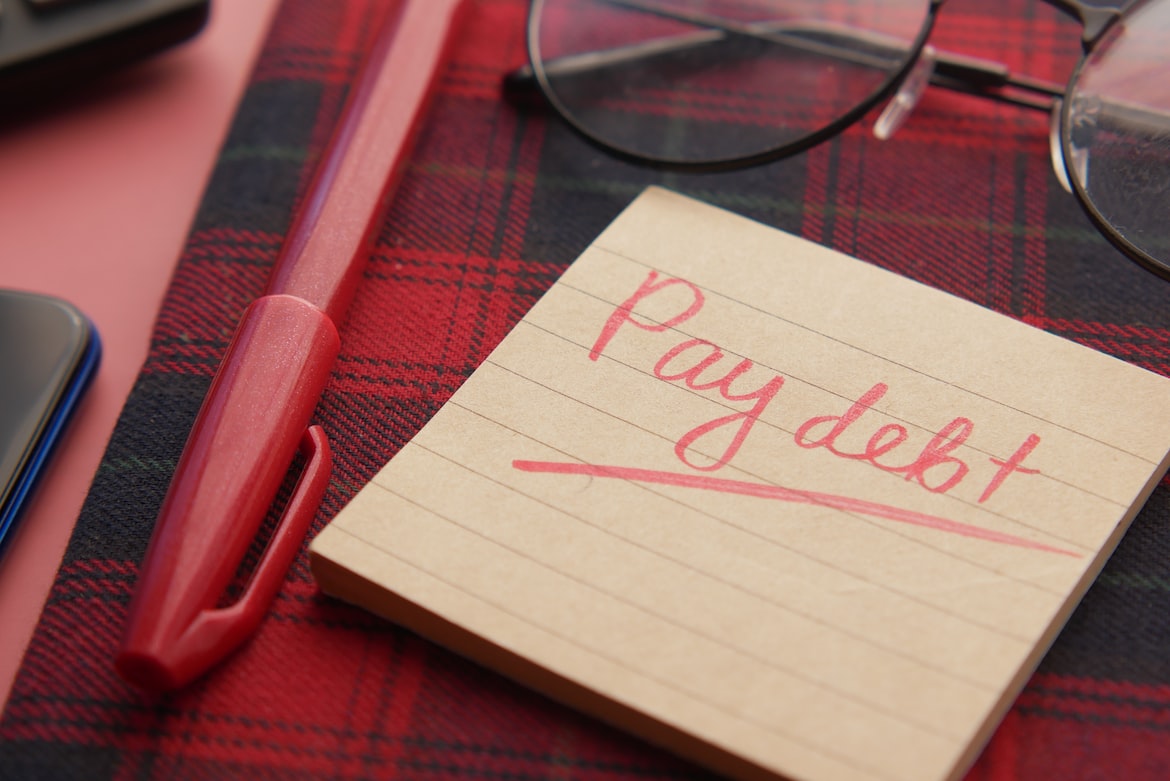Understanding Loan Application Rejection: Common Reasons for Personal Loans
Key Takeaways
- The most common reasons for loan application rejections are insufficient income, low credit, and incomplete applications
- Taking proactive measures can help you more easily obtain a loan next time you apply
- When lenders assess your creditworthiness and financial stability, consider which factors might reduce your chances of loan approval
- Implement strategies that enable you to take control of your credit and finances so that you are more likely to obtain a loan

It’s frustrating to see your loan application has been declined. Lenders reject applications for various reasons, such as low credit scores, insufficient income, and application errors. Understanding the reasons for personal loan rejections can help you avoid them for your applications.
In this guide, we will go over the common reasons for personal loan application rejections and how you can increase your chances of successful loan outcomes.
Loan application rejection - definition and consequences
After you submit a loan application to a prospective lender, they will evaluate numerous factors, including your creditworthiness and financial stability. If they reject your application, you didn’t satisfy their eligibility criteria or meet their requirements.
Some of the most common reasons for loan application rejection are:
- Poor credit
- High debt-to-income ratio
- Lack of guarantor or co-signer
- Invalid bank account information
- Asking for an unrealistic loan amount
- Insufficient financial stability
- Not meeting the age and citizenship requirements
If your loan application has been denied, you can view the decline letter or ask the lender why it was rejected within 60 days. Take note of the feedback so that you can make the necessary adjustments for the next loan application.
Sometimes, loan applicants are automatically rejected due to missing information. That is why it is essential to upload any key documentation that the lender requires in the initial form submission.
Here are the potential consequences of repeated loan rejections:
- Credit score damage: The hard inquiries that lenders perform to review your credit report can decrease your credit score. This can decrease your perceived creditworthiness and restrict your access to credit.
- Higher interest rates: If you are eventually approved for a personal loan, the lender might give you higher interest rates due to your history of repeated loan rejections.
- Missed opportunities: Without a loan approval, you won’t receive loan funds for your intended purpose. That can force you to miss opportunities, such as the large purchase or emergency expenses you wanted to finance. This can lead to further financial strain.

Insufficient creditworthiness
Creditworthiness refers to how suitable you are to receive loans or credit extensions. Someone with high creditworthiness is more likely to have their personal loan application approved.
Credit scores are a crucial indicator of your creditworthiness. The two main credit scoring models are VantageScore and FICO, with scores typically ranging from 300 to 850. The higher your score, the easier it will be for you to qualify for personal loans. A low credit score is one of the most common reasons for personal loan application rejection.
Another important factor influencing your loan approval is your credit history. This is a detailed record of your credit behavior that shows various details, including:
- Negative items (e.g. bankruptcy, foreclosures, missed payments)
- Open loans
- Open revolving credit accounts and their credit limits
- Personal information
- If accounts have been sent to collections
Tips for improving creditworthiness
Here are some general tips that can help you improve your creditworthiness over time.
- Check your credit report regularly and dispute any inaccurate information
- Pay all of your bills on time
- Reduce your existing debt
- Create a detailed budget for better financial management
- Keep old, unused accounts open
- Use credit monitoring services
- Limit how many consecutive loan applications you submit
- Seek credit counseling or financial advising services

A high debt-to-income ratio
Your debt-to-income (DTI) ratio refers to how much of your income goes toward repaying debt. It is important to maintain a DTI ratio below 43%. If your ratio exceeds that threshold, it becomes very hard to qualify for personal loans with most lenders.
While lenders assess borrowers’ ability to manage debt based on income levels, existing debt also plays a significant role. Even if you have a high income, it doesn’t necessarily guarantee you will meet the income requirements if you have a high DTI ratio.
How to reduce debt-to-income ratio
Reducing your DTI ratio can help you increase the likelihood of loan approval. Here are some tips to consider that can guide you toward a lower DTI ratio.
- Pay down credit card balances
- Increase your income by taking on part-time gigs
- Refinance your loans to obtain lower interest rates
- Consolidate debt for easier repayment planning
- Avoid taking on new debt
- Trim your discretionary spending (i.e. non-essential expenses)

Inadequate income or employment stability
Lenders assess applicants to ensure that they have the financial capacity needed to repay the desired loan amount. Two key factors influencing the lender’s assessment are your income and employment stability. Borrowers who don’t have sufficient employment stability or income according to the lender’s criteria may struggle to make regular, on-time payments.
To evaluate your income and employment stability, lenders may request various documents and evidence, such as:
- W-2 and 1099 forms
- Pay stubs
- Bank statements
Minimum income requirements
Most lenders require you to make at least $10,500 annually before you are eligible for a personal loan. However, some lenders will require substantially higher income before applicants can be approved, such as a $100,000 minimum. These requirements exist for lenders to ensure that borrowers have adequate borrowing capacity. Borrowers with higher incomes are more likely to be able to comfortably repay debt.
For all sorts of loans, having a stable income and employment can improve your chances of success during the underwriting process.
Tips for demonstrating stable and predictable income
If you are self-employed or a freelancer, it is a good idea to keep complete and accurate records of your earnings. The lender may request additional documentation from you to prove your financial stability.
In addition, if you are paid on a regular schedule, you can highlight this point when you speak with a loan officer about your application. This demonstrates a predictable source of income.
Lack of collateral or guarantor
If you have poor credit, lenders may expect you to support the personal loan with a guarantor or secure the loan with collateral assets (i.e. take out a secured personal loan).
Collateral assets often determine how much of a loan amount you can receive. Offering assets as collateral means that in case you default on the loan, your collateral assets can be seized by the lender. This is a costly consequence of defaulting on a secured loan. However, securing a loan with collateral can make obtaining loan approval easier since there is less risk on the lender’s part.
Meanwhile, getting a guarantor or co-signer on your loan puts a level of responsibility on them. This is the difference between a guarantor and a co-signer:
Co-signer: Responsible for each and any loan payment that the borrower misses.
Guarantor: Is only responsible for the loan if the borrower defaults on the loan.
Finding a co-signer or a guarantor and offering assets as collateral can greatly boost your loan approval rate. If you have poor credit, your lender may require you to find a co-signer or guarantor before they consider offering you a loan.
Alternatives if you lack collateral or a guarantor
If you cannot find a co-signer or have no valuable assets to put up as collateral, there may be alternative options.
- Find an unsecured personal loan lender
- Consider using a peer-to-peer (P2P) lending platform
- See if you can borrow money from family and friends without collateral
- Use credit cards for short-term financing needs

Errors in the application or documentation
Any error or inconsistency in your loan application can potentially result in rejection. Lenders may need to ask you for more information or clarification, which creates delays.
It is always a good idea to double-check your application details before submission so that you can maximize your chances of a successful loan approval process. Make sure that all your information and documentation are accurate and complete.
Keep the following tips in mind as you shop around for personal loans to ensure minimal errors in your application form.
- Take your time
- Read the guidelines provided by the lender
- Proofread each section of your application
- Verify that your contact information is correct
- Review your details to make sure there are no inconsistencies
- Use a checklist
- Preview your online application form before submission
- Save a copy of your loan application for future reference
Overextending credit or frequent applications
Applying for multiple loans at the same time could lead to inconvenient consequences. Your credit score could drop and you could end up with difficulties repaying the loans. In addition, applying for many loans can increase your perceived risk level in the eyes of lenders.
If you need to apply for many loans simultaneously, try to stick with a single kind of loan so that you can meet the credit score requirements. Both FICO and VantageScore offer options to help you minimize credit score damage if you need to shop for personal loans.
Here are a few strategies for responsible borrowing and minimizing credit score damage:
- Get pre-qualified and pre-approved for personal loans before you apply
- Borrow only the loan amount you need
- Understand the loan terms
- Read the fine print of your loan applications
- Make sure you meet the minimum requirements listed on the lender’s website
Lack of financial stability or bankruptcy
A history of bankruptcy can lead to loan rejections. Bankruptcy is one of the most problematic marks that can show up on a borrower’s credit report. After you file for bankruptcy, you will no longer be under obligation to pay most of your debts. The exceptions of debts that cannot be discharged in a Chapter 7 bankruptcy include:
- Student loans
- Child support
- Taxes
A bankruptcy event can stay on your credit report for ten years from the filing date. A Chapter 13 bankruptcy stays on your report for seven years. Either one hurts your loan eligibility. If you try to obtain a personal loan during this time, lenders are likely to question your bankruptcy history or reject your loan application outright.
The good news is, your credit score is still salvageable after a bankruptcy. By using best practices for rebuilding creditworthiness, you can regain your financial stability after going bankrupt. It can be a challenging process, but responsible budgeting and financial management facilitate the process.
- Pay off as much of the full balance of any credit accounts you have each month
- Avoid unnecessary new debt
- Monitor your credit and dispute any inaccuracies
- Set realistic goals and stay patient with your credit-rebuilding process
- Celebrate financial goals and milestones
- Focus on long-term credit health
- Consult credit counselors or financial advisors for expert guidance

Communication with lenders and credit bureaus
Clear communication with lenders and credit bureaus can be beneficial. This applies even in case of loan rejection, since seeking feedback can help you better understand any weaknesses of your previous loan application. Clarifying the reasons for denial enables you to figure out potential solutions for the next time you apply for a personal loan.
To help you navigate any discussions with the lenders, here are some points to keep in mind.
Communicating with lenders after loan rejection
- Clarify anything you believe was a misunderstanding, discrepancy, or error in your application
- Request reconsideration of your application
- Ask about the factors leading to the ultimate loan decision
Communication with credit bureaus after loan rejection
- Check your credit report from the three major credit bureaus: Equifax, Experian, and TransUnion
- Dispute any inaccuracies or unauthorized inquiries on your credit report
- Write an explanation letter that explains negative items such as missed payments, defaulted loans, and foreclosures
Edited by:
Bryan Huynh
•
Product Tester & Writer

